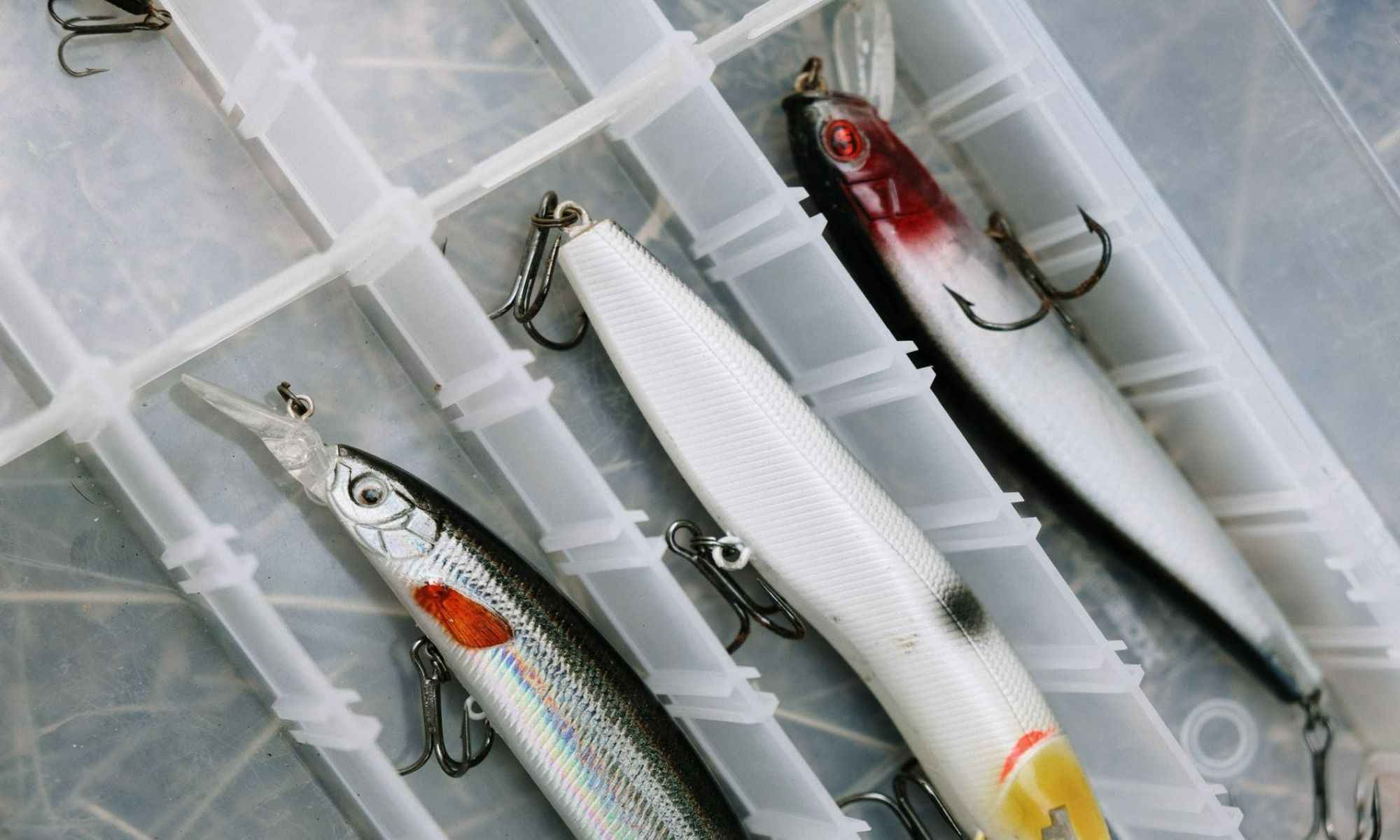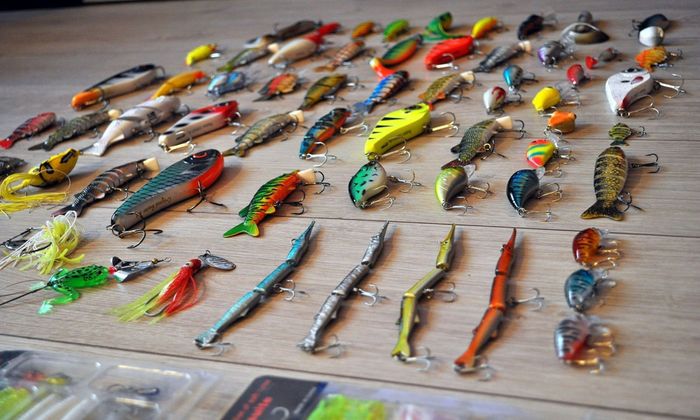Ice Fishing Lures: How to Choose the Best Colors
Discover how to choose, use and care for the best fishing lures out there in the cold waters of winter.

Lure colors are probably the most trivial things you will need to worry about when sportfishing. But when the fish are giving you a little more challenge, it would probably be the next best thing to help you achieve decent catches.
When ice fishing, you need to consider a lot more essential things when aiming for a great catch—but generally, fish will bite regardless of what color you choose your lure would be. However, there will be times when you need to consider significantly selecting the best color to use, especially when fish are being fussy and playing hard to catch.
Every year, new color combos and patterns emerge in the fishing industry, making you confused about choosing the right one to purchase. While some of these new products truly help anglers improve their ice fishing experience, anglers should be cautious of fancy lures that may not live up to their promise.

That being said, a fishing lure’s color must not be solely chosen for how bright or aesthetically pleasing it looks. You have to consider all the other factors to have a logical path to follow—keeping the whole buying process simpler.
Factors To Consider In Choosing The Best Color For Ice Fishing Lures

You need to keep in mind when choosing a lure: the color you see hanging in front of you might not be the same color that a fish would know once it is submerged in the water. To help you narrow down your choices, here are some of the essential factors that you need to consider when choosing a color that would help you strike the best catches:
1. Water Quality
When a lure enters the water, its color might fade because of the lower water quality that blocks most of the brilliant light. In general, anglers are recommended to use more neutral colors in clear and cleaner waters and then brighter and more vibrant lures in clouded water bodies. When fishing in muddy waters, it is best to use lures that provide a lot of contrast when submerged in the water. You may opt-in to choosing lures that have reflective qualities, like silver and gold, especially in stained water surfaces.
Keep in mind that as the day begins to end and the sun sets down, the colors of your lure will inevitably change because there will be less light for them to absorb. Striking colors such as red, yellow, and orange won’t work well in the dark, as they are usually the first colors to fade in the murky waters at night. On the other hand, blue and green lures are still visible in the water even when it is already dark out.
When you continue to fish at night, it would be best to choose lures that glow in the dark or have reflective features that could catch any light around that is available.
2. Forage
Match The Hatch is a term used to describe how anglers imitate what their target fish species feed on. This is particularly helpful in choosing the right color for your bait, especially if you have specific species in mind to catch. When fish ignore even your brightest and most vibrant baits, luring it with something that resembles their food might do the trick.

This can be effectively done through primary sampling to help you with the guesswork, or you can always dive into hundreds and thousands of sources online to find out which fish species are abundant in the water body you plan to ice fish in. For example, if you plan on catching walleye species, you may discover that they feed on small perch—hence, using yellow, green, and orange lures would be great options.
3. Ice Thickness
Thick ice means less light penetrating beneath the waters, so it would be best to maximize your fishing stint by using lures that have glow-in-the-dark or reflective features. During early and late ice season, you may opt to use neutral or primary colors as these tend to work well during this period.
4. Snow Cover
When the snow cover in the area seems to be toning down, you may use more neutral colors, especially when the water is still evident. As the snow begins to deepen, on the other hand, it would be best to use more vibrant and glowing colors as the heavy snow would significantly lessen the visibility down the water body. Most experts recommend using orange, green, and yellow with metallic finishes.
5. Depth of the Water
If you fish in shallow waters, natural and more neutral colors usually do the trick in helping you have a successful fishing stint. The deeper you fish in the water, the brighter and more fluorescent your lure should be, and it must be accompanied by a flashy design.
Colors that have wider frequencies in terms of wavelength tend to disappear a lot quicker as it goes down deeper into the water. That is why red hues begin to go gray as it goes a few feet down, while the colors that lie at the far end of the color spectrum, such as blue and green, can still be quite visible in the deep dark waters. However, any color would work if you purchase a lure with a fluorescent or glowing finish.
The Takeaway
So, how do you choose the best colors for your fishing lures? The answer will depend on the factors available to you or the fish species and conditions that apply to the water body you plan to fish in. While it’s easy to be attracted to the most vibrant colors available in the market, you must be mindful of certain factors such as the water quality, the depth, the snow coverage, sunlight, and forage of the area you will be exploring. This may seem like too much work for some, but the fun of fishing is figuring out how to catch the most fish.



